Some dogs are made for sitting on couches. Others? They were born to move. You don’t have to tell them twice. Once they’re out there, their eyes change. They tune in. They focus.
The land doesn’t scare them, the weather doesn’t shake them, and time doesn’t slow them down. These are the dogs who won’t turn back just because the path got longer.
They don’t quit when the sun rises high or when the trail fades into the wind. They keep going because that’s who they are. Not loud. Not dramatic. Just relentless. You’ll see it in the way they pace, how they breathe, and how they lead.
If you’ve ever wondered which dogs are made to go farther, last longer, and push harder—those who turn a tough hunt into a lasting memory—then keep reading.
Endurance Hunting Dog Breeds
1. Labrador Retriever
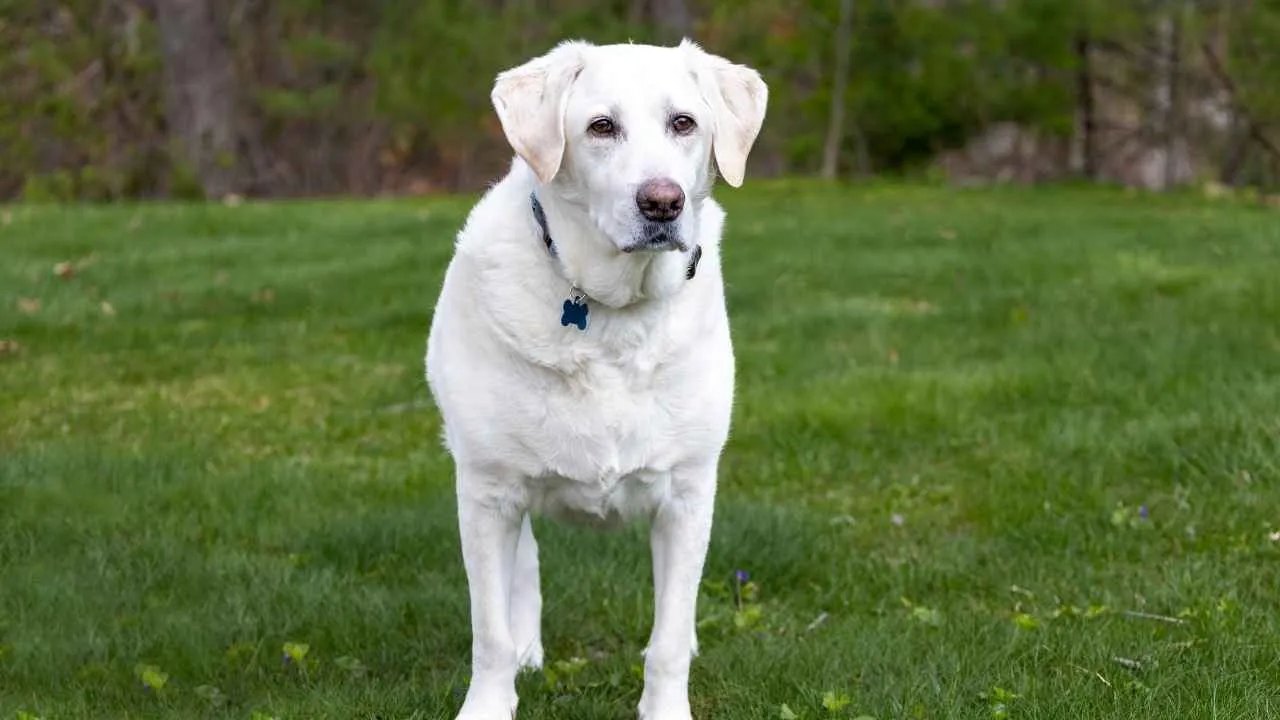
Labradors maintain a consistent pace even through dense brush, uneven ground, or wet marshes. Their stamina doesn’t spike—it stretches, making them ideal for long retrieves or upland cover work. Hunters value them not for bursts, but for sustainable drive over hours.
Muscle Memory in Water Retrieval
With powerful hindquarters and webbed feet, they cut through water efficiently, even in strong currents. Their grip on prey stays firm without crushing it, thanks to a refined soft-mouth instinct. Repetitive water retrieves don’t exhaust them—they sharpen their focus.
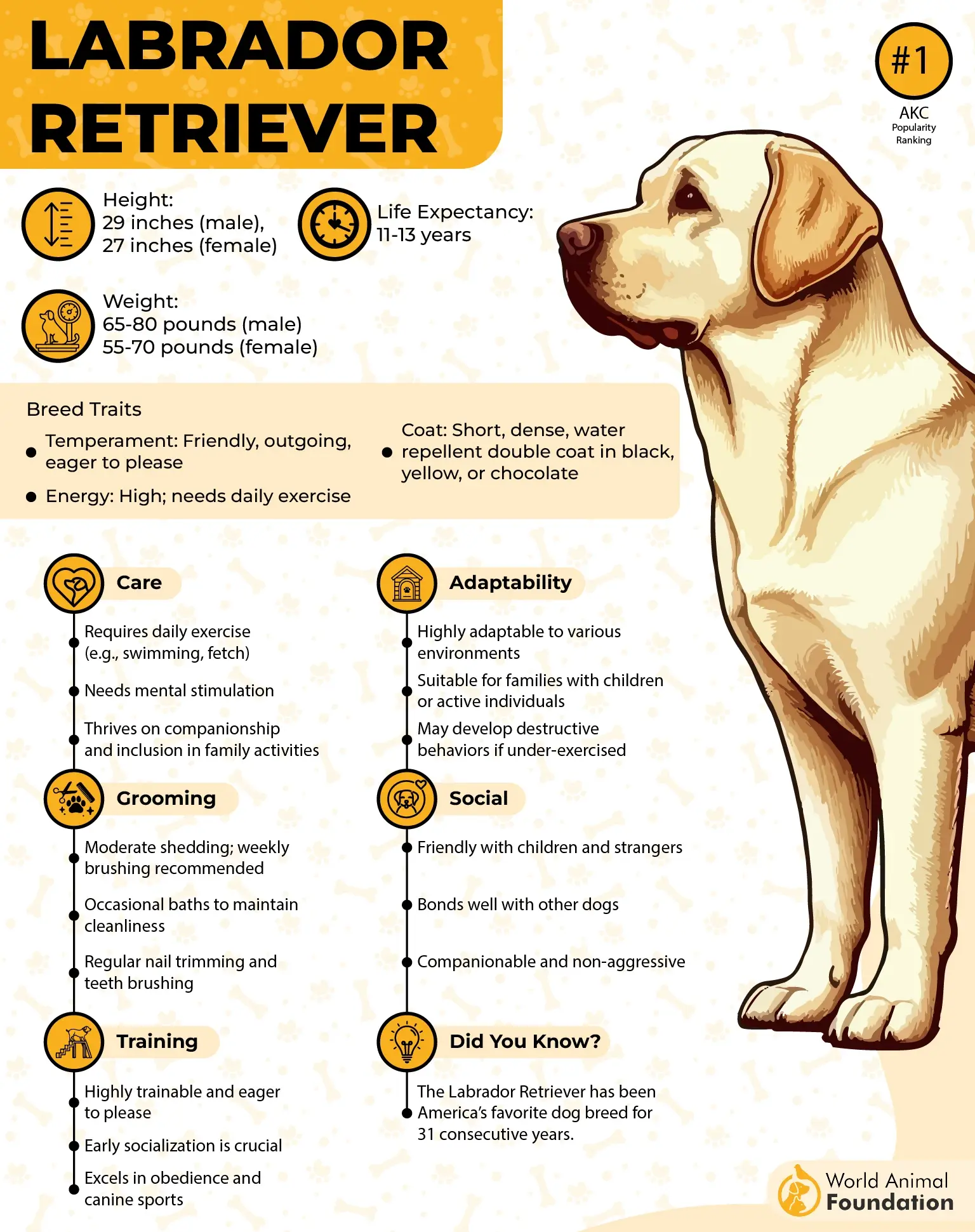
Trainable for Complex Hunt Patterns
Labradors thrive when given layered instructions: track, hold, pause, return. Their mental endurance matches their physical, allowing them to stay engaged in drawn-out hunt sequences. It’s this dual capacity that defines their field performance, not just raw energy.
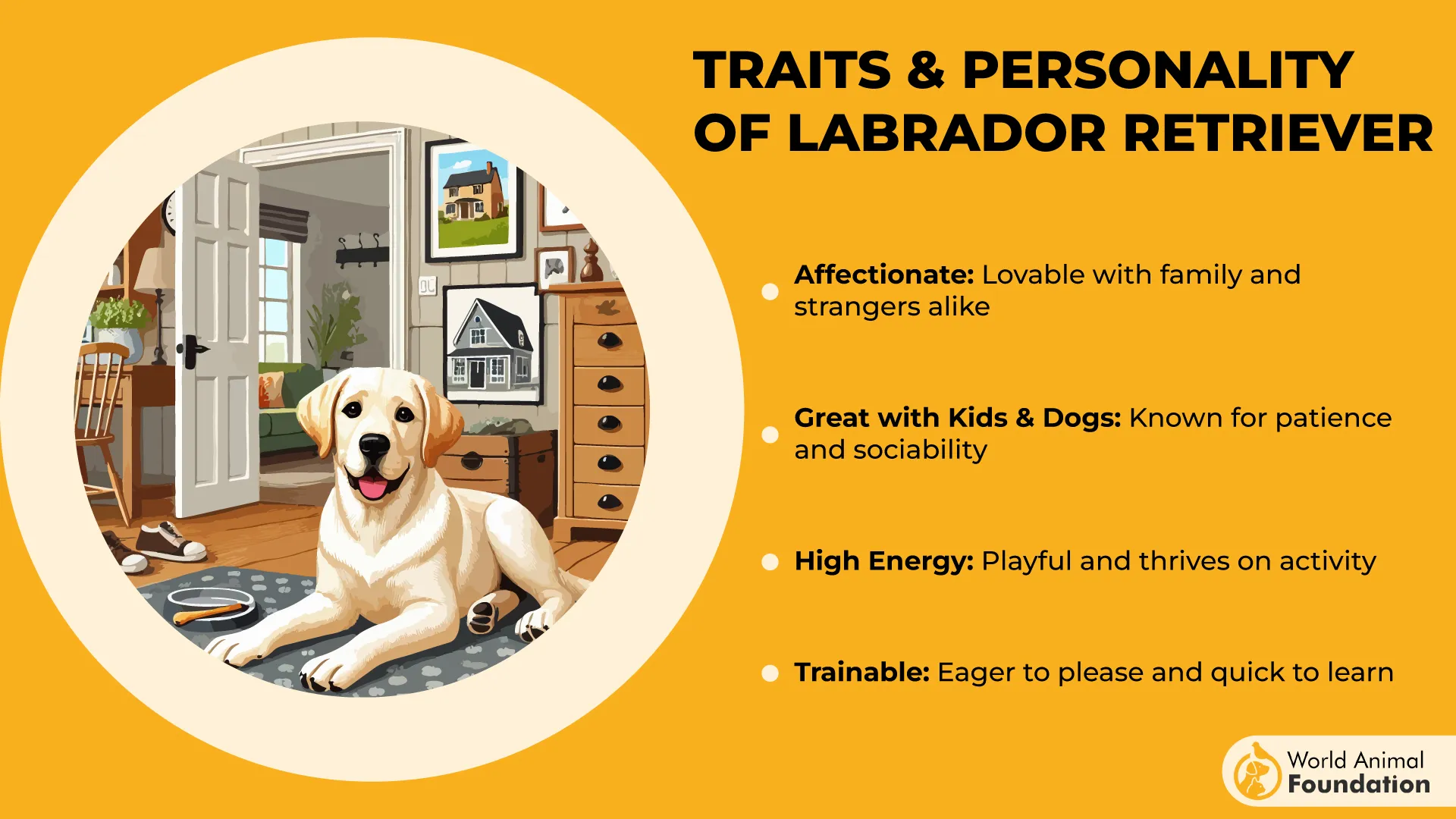
Loyalty Without Over-Attachment
Though often known as affectionate family dogs, their working nature is independent enough to function at a distance, as mentioned in Pawlicy Advisor. They don’t rely on constant feedback but remain responsive to hand signals and tone. That makes them reliable when terrain separates them from their handlers.
2. Golden Retriever
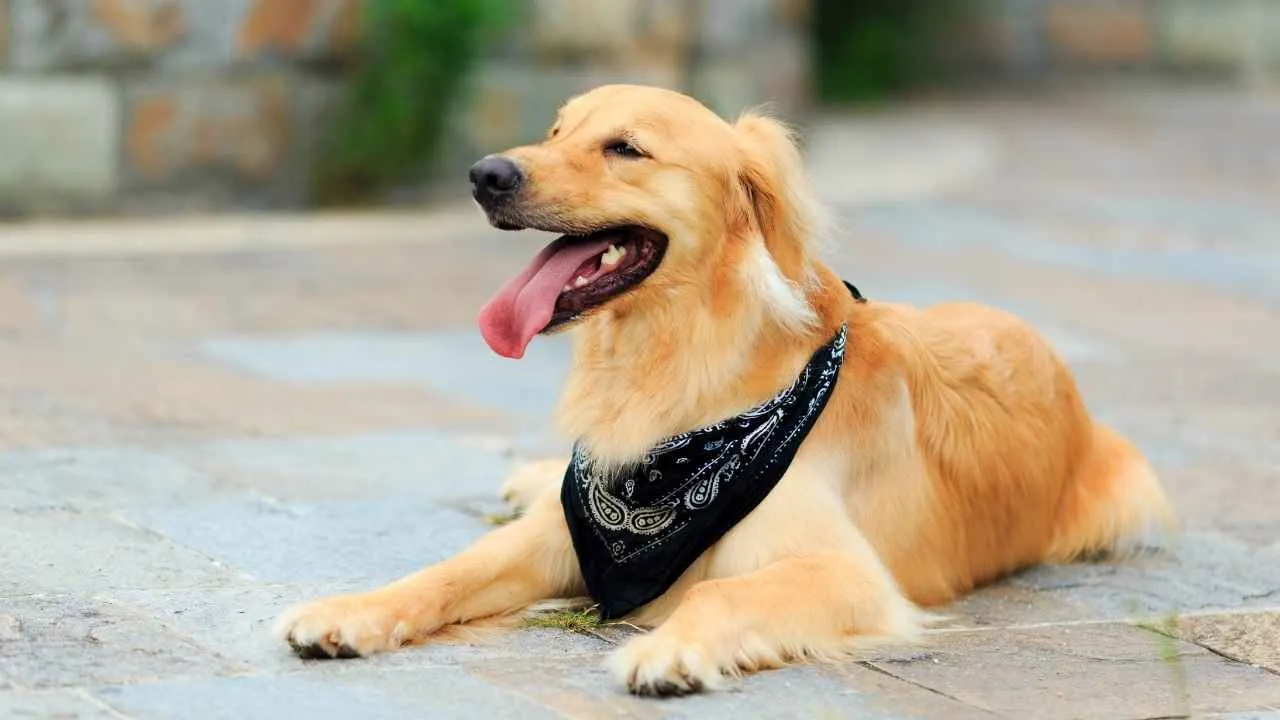
Golden Retrievers excel at visually locking onto a fallen bird and recalling its exact location even minutes later. Their ability to track multiple drop points during group hunts adds efficiency in the field. It’s this visual memory that refines their role during waterfowl or upland sessions.
Steady Pace in Harsh Cover
Their layered coat offers not just insulation but resilience when moving through burrs, bramble, and cold streams. They navigate thick terrain without frequent pauses or hesitation, maintaining a smooth gait even after extended hours. This keeps the handler’s rhythm uninterrupted.
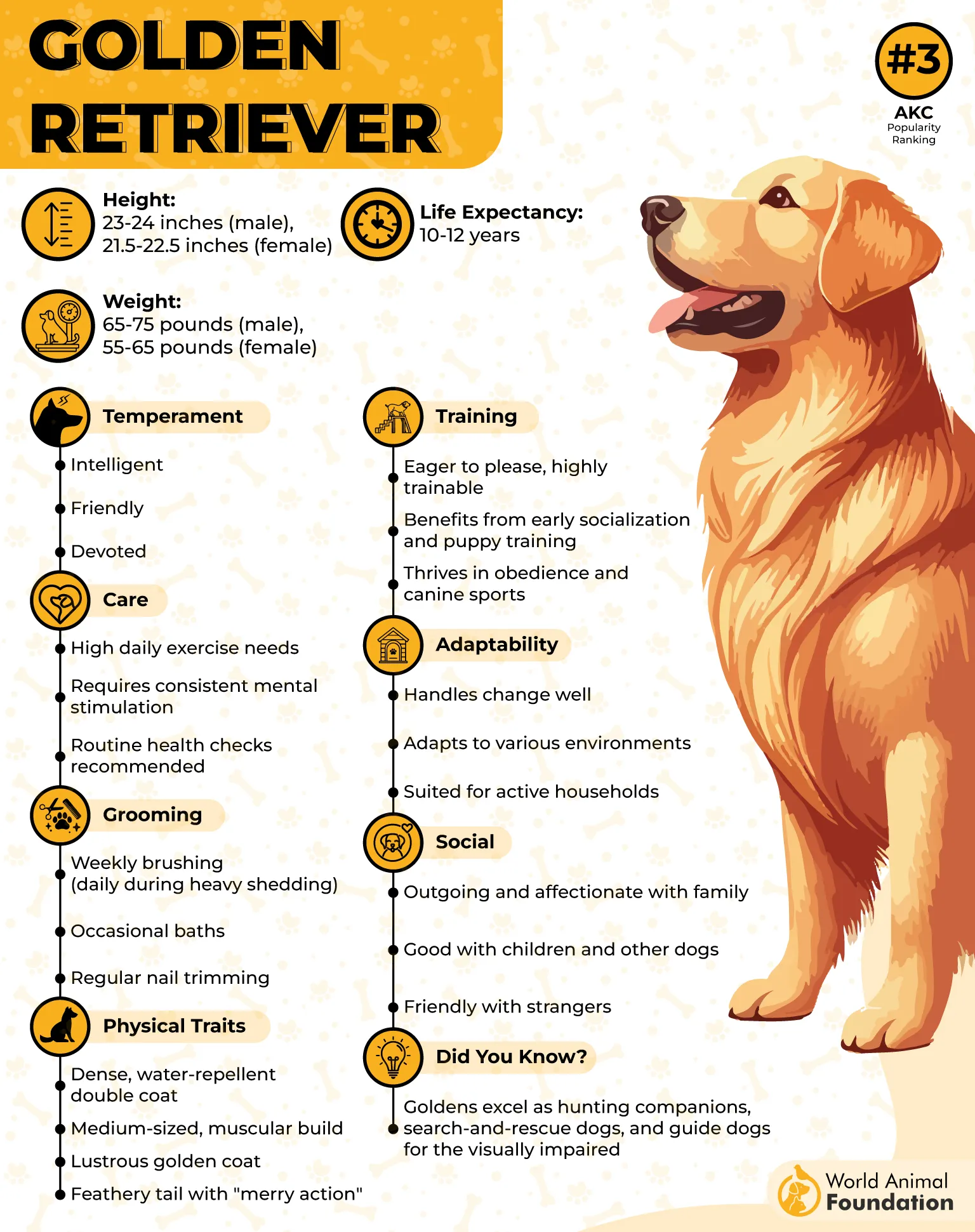
Clarity Under Gunfire and Commands
Noise doesn’t rattle them—shotgun blasts, shouting, or echoing fields don’t disrupt their focus. What stands out is their composure under pressure, responding to soft cues amid loud surroundings. Their auditory filtering helps in high-activity zones with multiple hunters and moving targets.
Field Skill Beyond the Dog World Norm
Though widely celebrated as family companions, Golden Retrievers were originally bred for structured, repetitive retrieval under varied conditions. Their background as a versatile hunting dog remains evident in multi-task hunts that demand both patience and rapid movement.
3. Beagle
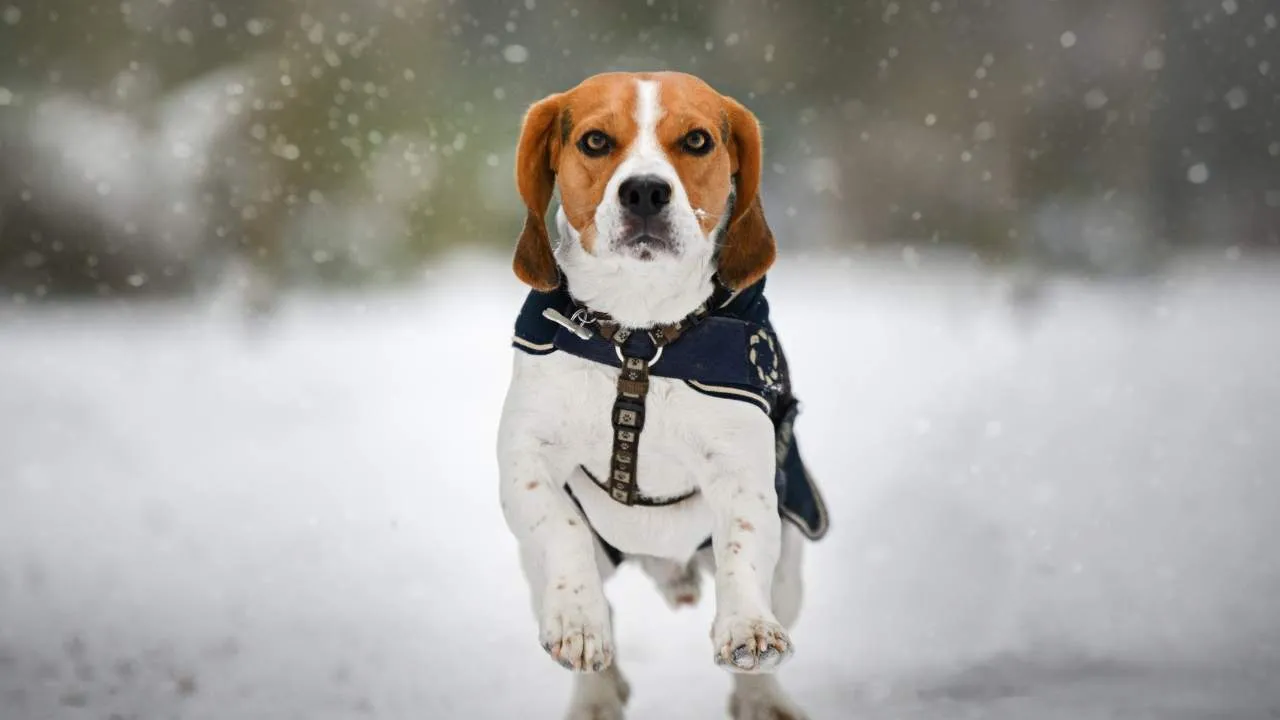
Beagles are scent hounds with an olfactory system that’s ranked among the most sensitive of all dog breeds, as WebMD claims. Their keen sense of smell enables them to track a scent trail for hours without losing focus. This kind of sensory stamina directly supports extended hunting sessions on foot.
Low-Slung Build for Brush Work
Their compact frame and strong legs help them navigate dense terrain, particularly in thick underbrush or uneven woodland. Unlike taller breeds that get caught in growth, Beagles slip through unnoticed. That physical advantage makes them ideal for rabbit and small game tracking.
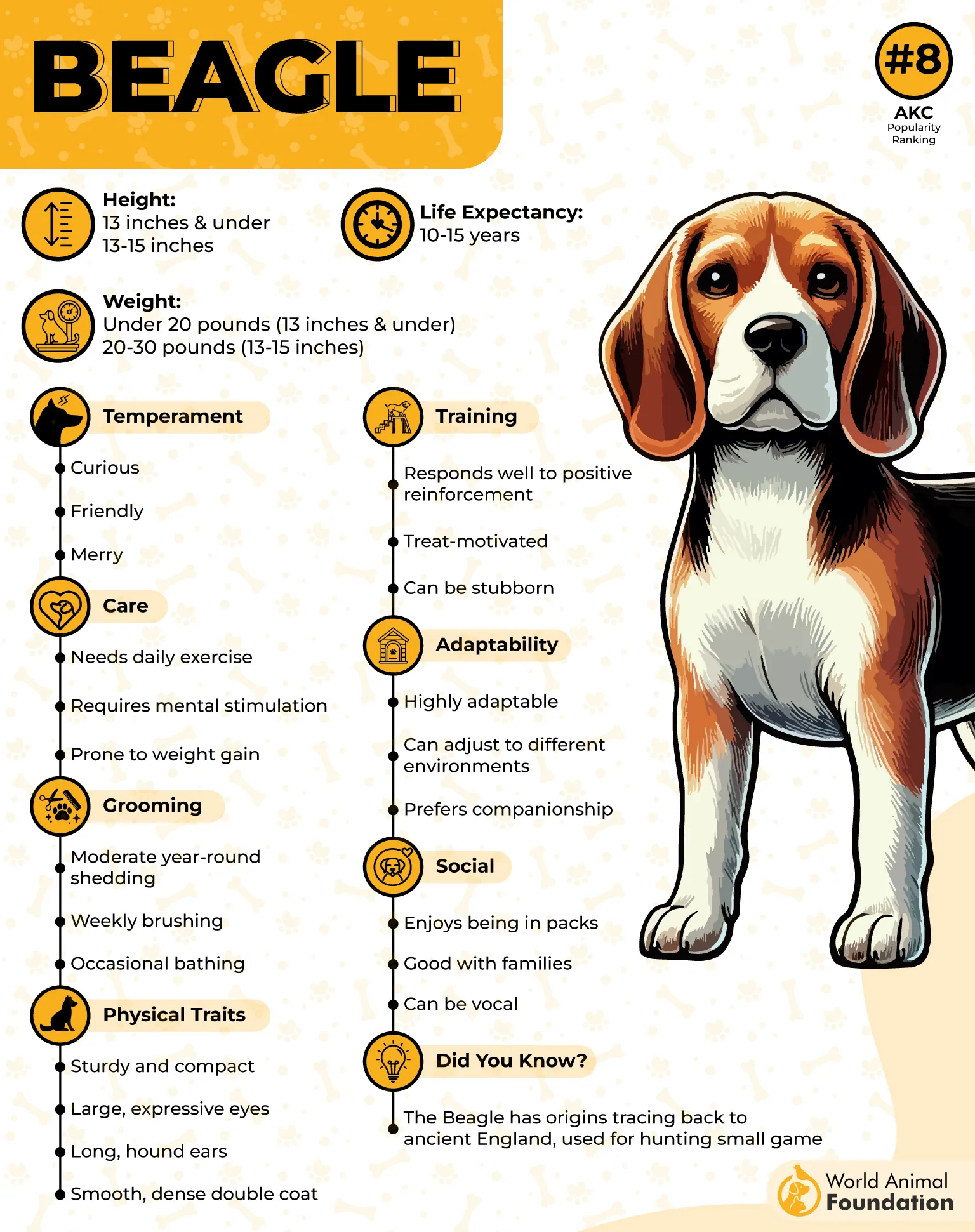
Independent But Pattern-Oriented
Beagles often work without direct visual contact, following scent arcs that curve across fields and forests. Their hunting style relies on a looping search pattern that balances autonomy with purpose. This allows them to cover wide ground without exhausting themselves early in the day.
Sustained Alertness Through Sound
Their distinct vocalizations aren’t just noise—they’re strategic signals to both game and hunters. A Beagle’s baying shifts in pitch based on proximity to prey, helping handlers interpret distance and direction. This integration of sound and natural hunting instincts keeps them mentally engaged throughout the chase.
4. American Foxhound
American Foxhounds track primarily through scent, following ground trails that may be hours old with minimal deviation. Their concentration doesn’t break even when layered with distractions. This precise targeting makes them valuable in terrains where vision fails.
Built for Distance, Not Just Speed
Lean bone structure and a long, narrow chest allow for efficient oxygen flow during hours of continuous movement. They don’t overheat quickly, even during hunts that stretch across uneven, wooded terrain. Their endurance is anatomical, not just trained.
Pack Drive That Enhances Focus
Their temperament syncs well with group coordination—they mirror energy levels, adjust spacing, and adapt their pace within hunting packs. A seasoned hunting companion can lead or follow without disrupting the rhythm. The adaptability is situational, not command-based.
Independence Without Defiance
While they respond to commands, they’re known for holding onto a natural instinct that occasionally overrides instruction, as per AKC. They solve pursuit-based problems solo when handlers are out of sight. Unlike some energetic dogs, they use stamina with purpose, not just motion.
5. English Springer Spaniel
English Springer Spaniels were refined to cover miles of field at a fast clip without tiring. Their gait remains efficient over extended periods, ideal for thick ground cover or crop fields. The endurance comes not from bulk, but from pacing and agility combined.
Nose-to-Wing Tracking Precision
They’re particularly effective in upland bird hunting, excelling at flushing with minimal delay between scent and action. Their scent work remains reliable even after hours in the field. This focus doesn’t fade mid-hunt, even when bird movement is sporadic or weather shifts.
Water Handling Without Hesitation
Springers aren’t reluctant about sudden terrain changes—when a pursuit shifts from brush to water, they commit without pause. Their water entry is fast and clean, making them suitable even in colder temperatures or during waterfowl hunting transitions.
Close-Range Control and Bonded Work
Springers are often referred to as loyal hunting companions, not because they linger, but because they operate within visible range. They read handler movement while keeping pace, making them ideal for foot hunters who require constant situational awareness.
6. German Shorthaired Pointer
German Shorthaired Pointers cover ground with smooth, deliberate strides that reduce fatigue during hours of active pursuit. They’re built for continuous movement, not bursts, and rarely lose rhythm across open fields or wooded trails. Their frame supports both reach and stability.
Reliable Tracking Under Pressure
Once locked onto a scent, they maintain focus even through shifting wind or overlapping trails. They adjust pace to scent intensity, zigzagging with purpose rather than habit. This allows them to stay on target even in older or scattered scent paths.
Sharp Instinct for Game Birds
According to PetMD, this breed is among the few bird dog types that combine pointing and retrieving without hesitation. They pause sharply at scent zones, holding posture without trembling or creeping forward. Hunters often rely on that freeze response to position themselves precisely.
Physiology Suited for Endurance
Their short coat cools fast, and muscle tone stays responsive in rising temperatures. Even after several hours, they remain light on their feet and responsive to commands. These qualities are hard to replicate in many other hunting breeds with similar range.
7. Black and Tan Coonhound
Black and Tan Coonhounds are trained to pick out a single scent trail even when dozens overlap. Their long ears funnel ground scent directly toward the nose while filtering environmental noise. This lets them stay on track even when birds scatter or brush crackles.
Endurance on Vertical Terrain
Bred for raccoon tracking in mountainous areas, they handle steep inclines and uneven ground without losing tempo. Their long, strong limbs push through elevation changes with fluid movement. It’s not just distance they can handle—it’s distance with terrain challenges.
Cold Trails and Late Finds
These dogs specialize in cold trailing—tracking hours after the animal has passed. That requires both patience and stamina, especially in prolonged hunts where other breeds might age out of focus. Their trailing drive remains steady even after other signals fade.
Drive Balanced by Temperament
Though often kept as family pets, their hunt mode flips on with minimal prompting. They’ll stay inactive indoors for hours but activate fully when the scent is fresh. This balance of rest and readiness conserves energy for when it actually counts.
8. Redbone Coonhound
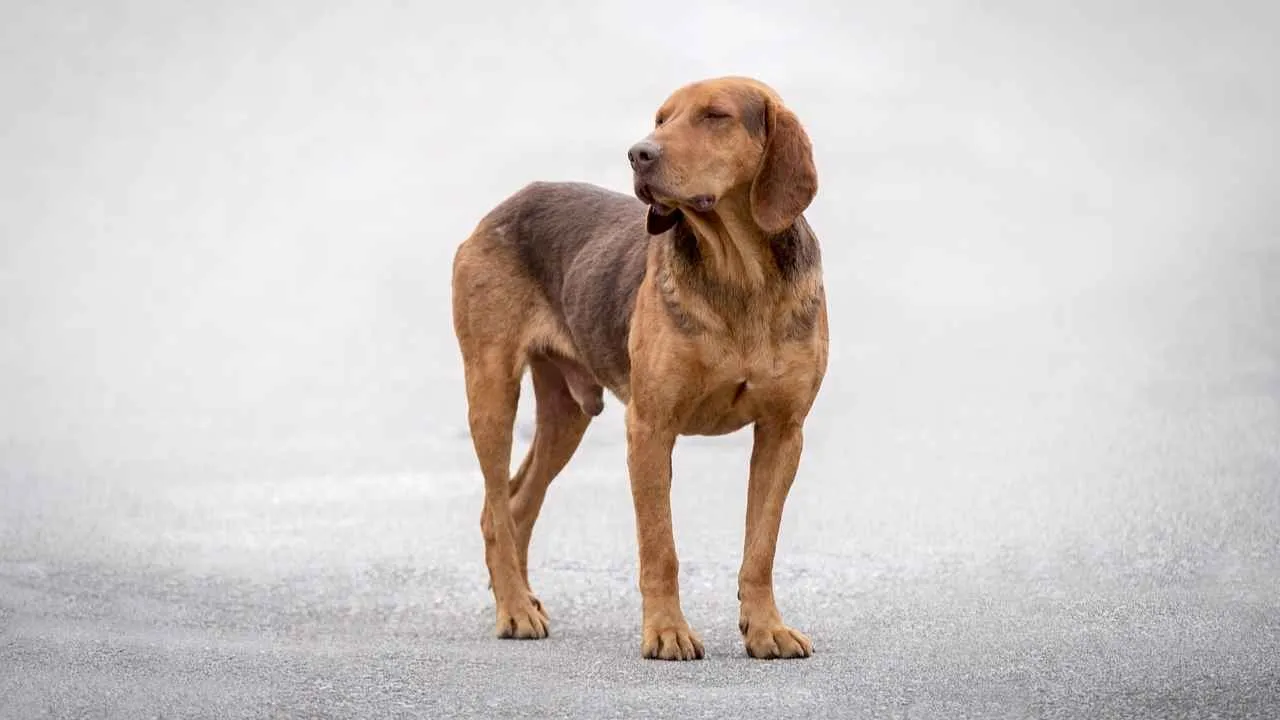
Redbones have a tight, slick coat and low body fat, allowing them to regulate temperature efficiently during hunts in warm, humid climates. Their red pigmentation isn’t just aesthetic—it reflects a genetic adaptation for southern terrain. They keep moving when other breeds slow down.
Night Tracking With Vocal Precision
Their deep, rhythmic bay carries over long distances and cuts through dense woodland acoustics. This vocal pattern helps hunters track their position without relying on sightlines. Each Redbone develops a unique “voice,” which seasoned handlers can recognize instantly.
Streamlined for Swamp Terrain
These hounds move confidently through ankle-deep water, marsh grass, and uneven forest floor. Their long legs and compact build minimize drag and injury risk in unpredictable terrain. Redbones are often preferred in regions where ground saturation challenges other hounds.
Hunt Drive That Ignores Obstacles
They’re bred to stay locked on a scent even after miles of elevation change or terrain shift. Obstacles don’t frustrate them—they reroute without hesitation and stay locked in. That persistence isn’t taught—it’s embedded deep in their working lineage.
9. Brittany Spaniel
Brittany Spaniels are built for speed, but it’s their ability to maintain that speed through briars, switchgrass, and wooded draws that sets them apart. Their compact build doesn’t slow them—it lets them pivot cleanly and keep pressure on flushing birds. That fluid motion stays consistent across miles.
Quartering Patterns That Self-Correct
They naturally run tight, instinctively quartering in front without wide, wasteful swings. Even without constant handler input, they recalibrate their range based on scent concentration and wind direction. This kind of pattern awareness isn’t trained—it’s embedded in the breed.
High Nose with Ground Tracking Versatility
While their upright head carriage aids in scent detection on the move, they can drop into ground tracking when terrain demands it. This ability to shift modes mid-hunt gives them an edge in locating late-season, low-holding birds. Their nose reads both air and soil without hesitation.
Drive That Doesn’t Disrupt
They stay alert without being anxious—keen to run, but not so intense they override commands. This creates a steady rhythm that’s sustainable even during multi-day upland hunts. Their eagerness never turns erratic, which helps handlers manage long-range sessions more fluidly.
Conclusion
Long hunts don’t break these dogs—they bring out their best. That’s what separates a solid dog from a truly great one. From pointing dog breeds that work silently through grass to those trained to retrieve downed birds from rough waters, each has a role, and they play it well.
They’re not just high energy—they’re focused, tuned in, and steady. Their endurance doesn’t just help—they complete the hunt. If you’re heading out in hunting season and need a dog that’s well suited for upland hunting, retrieving game, or tracking different bird species, these breeds won’t let you down.
They’re intelligent dogs with instincts that don’t fade as the hours pass. Whether you’re flushing, pointing, or retrieving, these tough dogs won’t hesitate. They don’t just show up for the job—they live for it. And for any serious hunter, that kind of drive is exactly what matters most.

